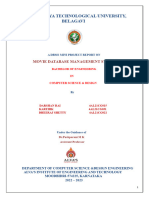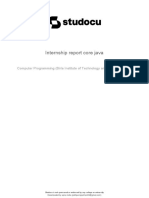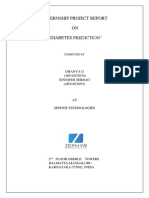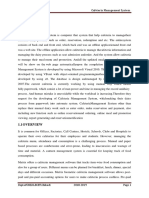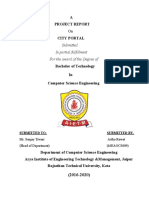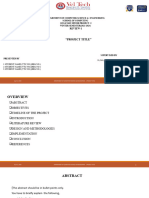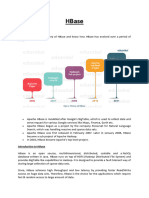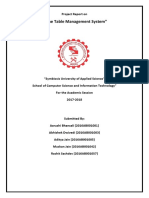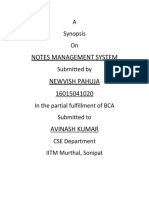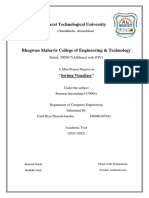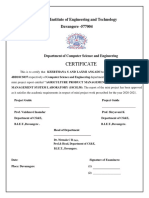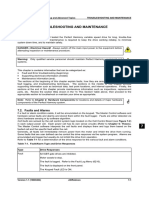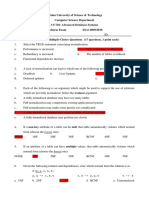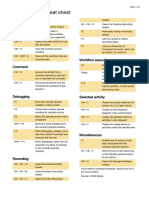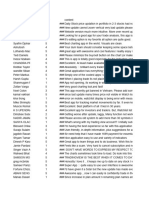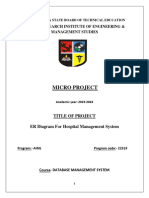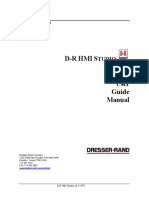0% found this document useful (0 votes)
336 views40 pagesDbms Final Report Nithin and Ramesh
This document describes a scholarship management system project that was developed to manage student scholarship applications and selections. It includes an introduction to the project objectives, hardware and software requirements, entity relationship diagram, database schema, implementation code examples, and screenshots. The system allows administrators to add or delete colleges, verify/decline applications, and select eligible students for scholarships each year based on application IDs or preferences. It aims to simplify the scholarship management process compared to the existing system.
Uploaded by
gowdasujan056Copyright
© © All Rights Reserved
We take content rights seriously. If you suspect this is your content, claim it here.
Available Formats
Download as PDF, TXT or read online on Scribd
0% found this document useful (0 votes)
336 views40 pagesDbms Final Report Nithin and Ramesh
This document describes a scholarship management system project that was developed to manage student scholarship applications and selections. It includes an introduction to the project objectives, hardware and software requirements, entity relationship diagram, database schema, implementation code examples, and screenshots. The system allows administrators to add or delete colleges, verify/decline applications, and select eligible students for scholarships each year based on application IDs or preferences. It aims to simplify the scholarship management process compared to the existing system.
Uploaded by
gowdasujan056Copyright
© © All Rights Reserved
We take content rights seriously. If you suspect this is your content, claim it here.
Available Formats
Download as PDF, TXT or read online on Scribd
/ 40



